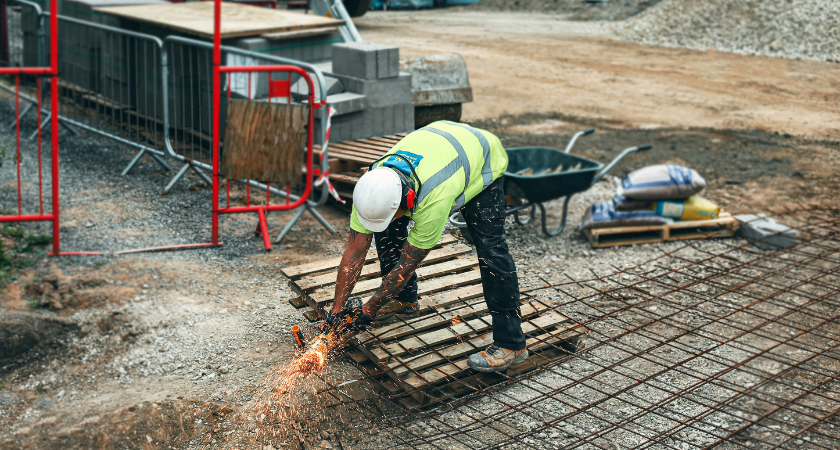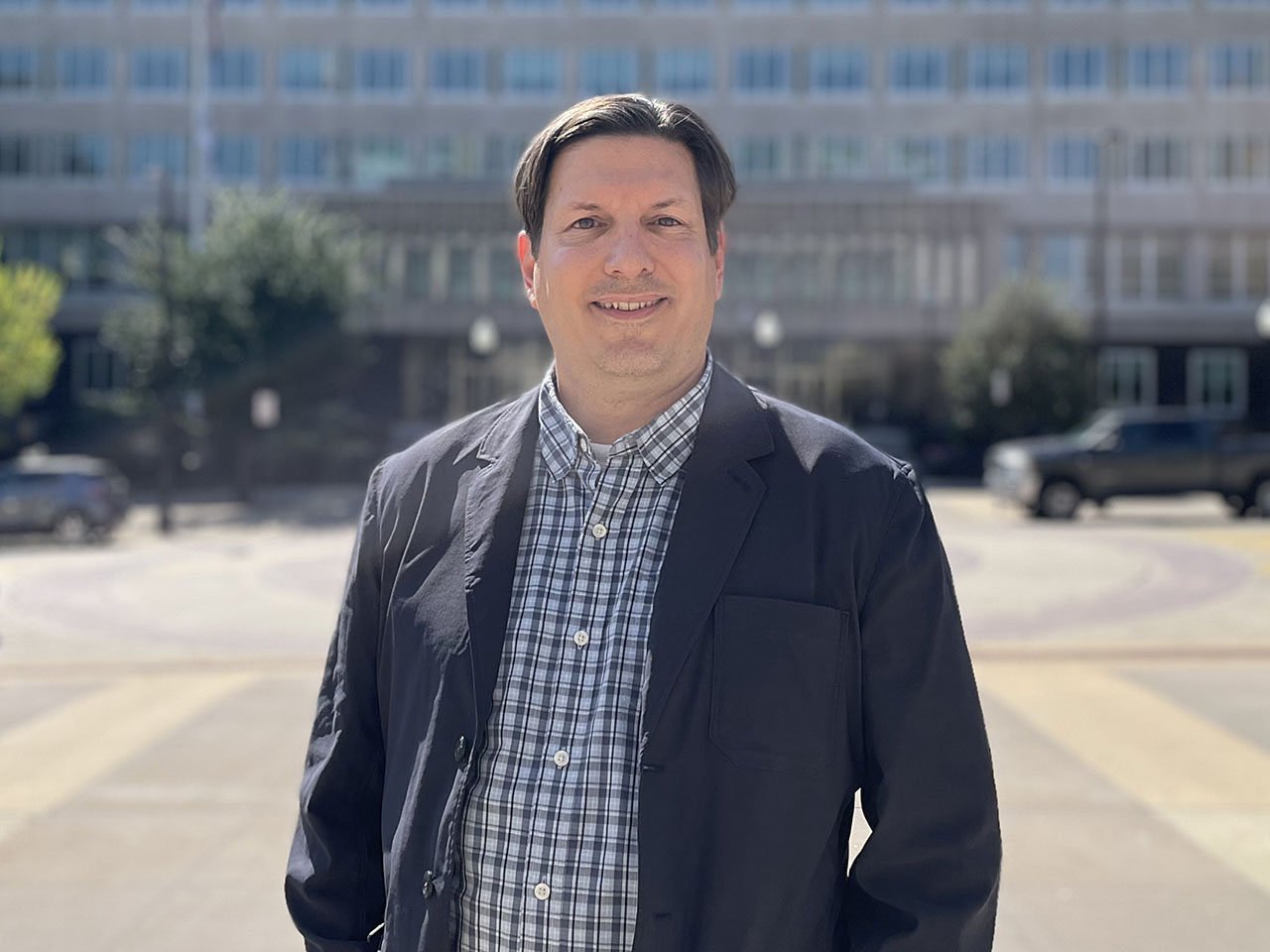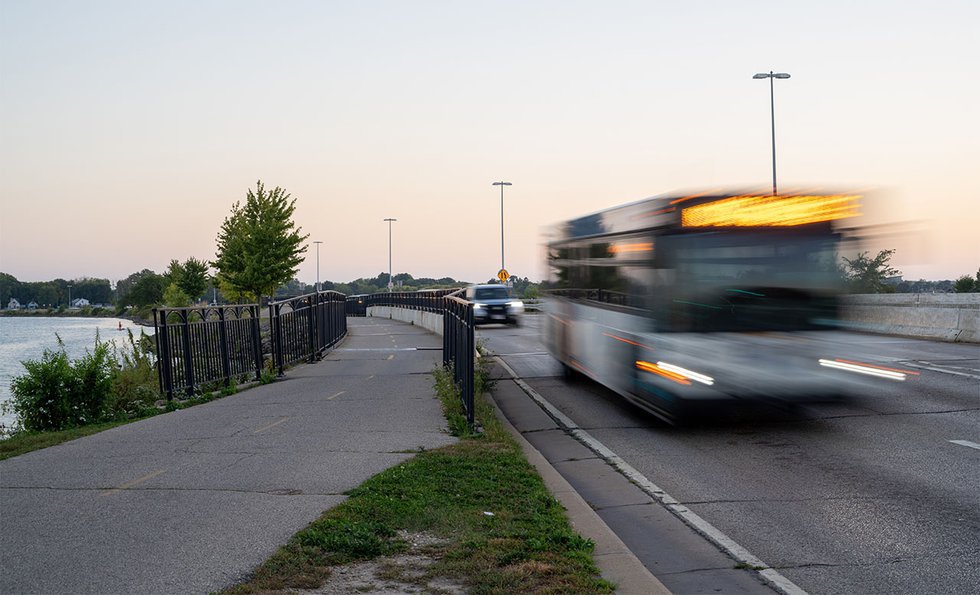
The long-anticipated reconstruction of Madison’s John Nolen Drive — one of the city’s busiest commuter routes — officially begins Oct. 13, marking the start of a multi-year infrastructure overhaul that will affect tens of thousands of daily travelers.

“We will start having lane closures. The first step is to remove the medians and flip traffic over to one side of the causeway, the northbound lanes. Then we will begin removing the southbound bridges and replacing them,” explained Deputy City Engineer Chris Petykowski, who sat down with Isthmus to outline what residents can expect.
John Nolen Drive carries an average of 43,700 cars and 4,500 bikes daily, making it one of Madison’s most heavily used transportation corridors. Despite the inconvenience, Petykowski said continued access will be maintained throughout construction.
“Yes,” he confirmed when asked if people will still be able to drive over the causeway. “Yes, there will just be one lane in each direction.”
Cyclists and pedestrians will also retain access — at least for the first half of the project. “Yes, the bike lane will remain open for the first half of the project,” said Petykowski.
The reconstruction will replace aging infrastructure that has reached the end of its lifespan.
“The bridges are ending their useful service life and they needed to be replaced. That started the project. [We thought] if we’re rebuilding the bridges it makes sense to take care of the pavement as well.”
Currently, the causeway consists of three southbound and three northbound bridges, but the redesign will expand that to nine structures — adding three new dedicated pedestrian and bike bridges. The southbound bridges are expected to be completed by late spring or early summer 2026, marking the halfway point of the project.
City officials warn commuters to brace for congestion.
“Certainly there will be delays. Usually in the first month [of big construction projects] people figure it out. Then we usually see that people calibrate over time.”
Petykowski believes drivers will quickly adjust, shifting to alternate routes such as Park Street, University Avenue, Monona Drive or Atwood Avenue as needed.

One of the most anticipated additions is the new separated multi-use path, offering 10 feet for bikes, six for pedestrians, plus a gravel jogging strip.
“On the current path, people usually jog right next to the path so we went ahead and put that in.”
However, during Phase 2, the existing bike path must close temporarily, forcing detours around Monona Bay — a route already tested during past closures.
The Phase 1 reconstruction is an estimated $42 million effort, funded through a mix of $8–$9 million in city funds and roughly $33 million in federal transportation and bridge grants. Federal support is not expected to be at risk.
“Wisconsin DOT has a signed contract. People feel secure the money is coming.”
Phase 2 — which will rebuild pavement from Lakeside to Olin Avenue — is tentatively scheduled for 2028.
Environmental improvements are also part of the plan. The failing rock shoreline will be rebuilt to reduce erosion, and about 120 new trees will be planted along the causeway using “terrace support” systems to encourage stronger root growth.
While some trees will be removed, Petykowski said careful evaluations were made: “Staff from engineering, forestry and parks walked the site together to decide which were worth saving.”
As for wildlife — including beloved shoreline woodchucks?
“The vibrations and noise of the equipment alert the wildlife and there is ample time to move away,” Petykowski said, noting that even as rocks are replaced, new habitat is created shortly after.
Originally reported by Judith Davidoff in Isthmus.